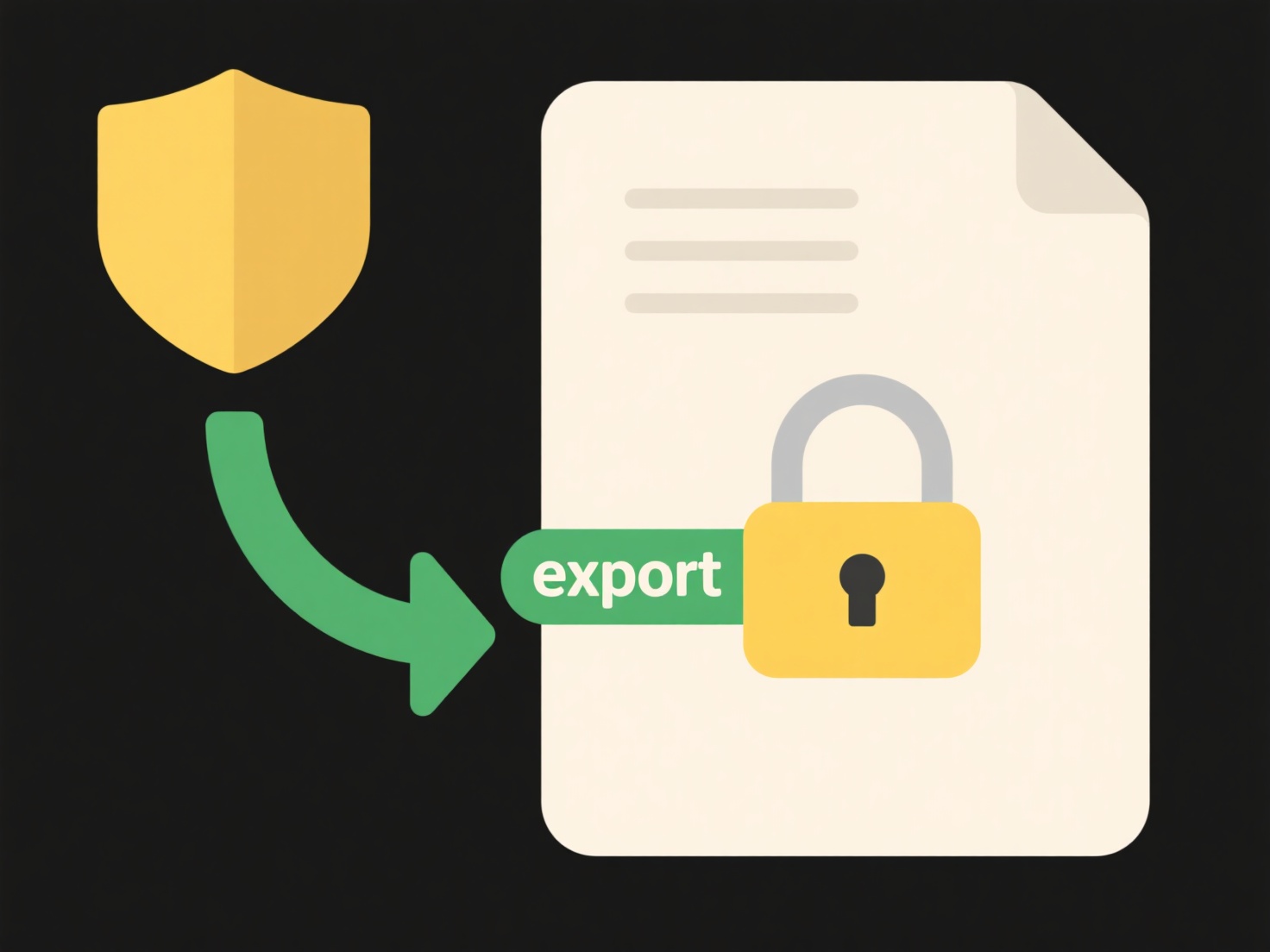
A .dat file is a generic data container, not a standardized file format. Its contents could be almost anything: text, images, program configuration, or even encrypted data. Unlike file extensions like .txt (plain text) or .jpg (image), .dat does not inherently tell your operating system which application should open it. Without knowing the specific structure or the program that created it, your computer lacks the instructions to correctly interpret and display the contents.
These files often originate from specific applications. For instance, older email programs might encode message attachments as .dat files, requiring the original email client to read them correctly. Similarly, a video game might use a .dat file to store level data or character assets, only readable by that game's engine. You might find them generated by diverse software across industries like finance, manufacturing, or custom databases when the software uses a proprietary format.

The primary limitation is ambiguity. Without context from the source program or documentation, determining how to open and interpret the file is difficult and often impossible for standard tools like simple text editors. This poses risks: accidentally opening a maliciously crafted .dat file can be dangerous, and legitimate files remain inaccessible without technical know-how or contact with the file creator. Your best approach is to trace where the file came from and consult that source for specific opening instructions or the required software.
Why can’t I open a .dat file?
A .dat file is a generic data container, not a standardized file format. Its contents could be almost anything: text, images, program configuration, or even encrypted data. Unlike file extensions like .txt (plain text) or .jpg (image), .dat does not inherently tell your operating system which application should open it. Without knowing the specific structure or the program that created it, your computer lacks the instructions to correctly interpret and display the contents.
These files often originate from specific applications. For instance, older email programs might encode message attachments as .dat files, requiring the original email client to read them correctly. Similarly, a video game might use a .dat file to store level data or character assets, only readable by that game's engine. You might find them generated by diverse software across industries like finance, manufacturing, or custom databases when the software uses a proprietary format.

The primary limitation is ambiguity. Without context from the source program or documentation, determining how to open and interpret the file is difficult and often impossible for standard tools like simple text editors. This poses risks: accidentally opening a maliciously crafted .dat file can be dangerous, and legitimate files remain inaccessible without technical know-how or contact with the file creator. Your best approach is to trace where the file came from and consult that source for specific opening instructions or the required software.
Related Recommendations
Quick Article Links
How do I manage brand assets?
Brand asset management is the centralized process of organizing, storing, sharing, and controlling elements like logos, ...
Can I open Windows file types on a Mac?
Yes, you can typically open common Windows file types like documents, spreadsheets, presentations, and PDFs on a Mac. ma...
Why does my browser download a .webp instead of .jpg?
WebP is a modern image format created by Google that offers better compression than JPG. This means smaller file sizes a...